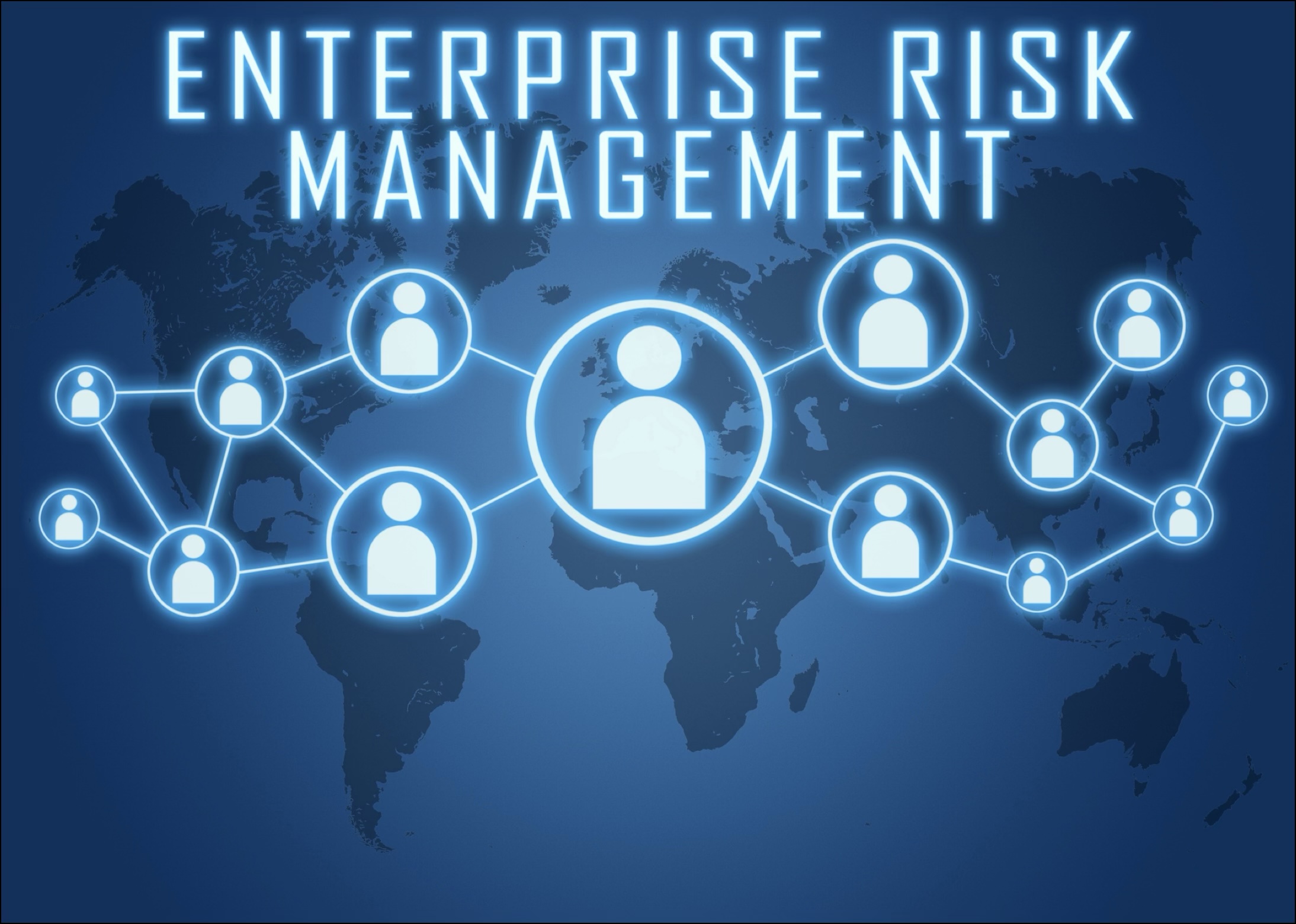
Integrated AI in Internal Audits
Introduction – A Glimpse into Tomorrow
As we look ahead, the integration of Artificial Intelligence (AI) into internal audits promises a transformation far beyond automation—it envisions a smart, self-evolving audit ecosystem that could redefine assurance functions across organizations. Here’s a forward-looking glimpse into what internal auditing may look like in the next 5 to 10 years.
Autonomous Auditing Ecosystems
Imagine an AI-driven audit ecosystem that autonomously monitors financial, operational, and compliance activities across the enterprise. These self-learning systems would detect anomalies, inefficiencies, and risks before they materialize.
In this future state, internal audits evolve from periodic, retrospective evaluations to continuous, insight-driven assurance providers. AI bots seamlessly analyze vast data from finance, HR, procurement, and cybersecurity—adapting in real-time to regulatory shifts, threats, and process changes. This change enables auditors focus on strategic risk themes, governance alignment, and integrity of these AI systems.
Human-AI Collaboration
The future of auditing lies not in replacing humans but in enhancing their capabilities. AI will take over repetitive data tasks, allowing auditors to focus on complex issues of risk, ethics, and governance.
Auditors will act as strategic partners—training and guiding AI systems while leveraging them as cognitive assistants. This symbiotic relationship will drive deeper insights and elevate the value of internal audit functions within the organization.
Fully Autonomous Audits and Decisions
In the longer term, AI may evolve to not only detect risks but autonomously decide how to address them. Based on pre-set rules and adaptive algorithms, AI could recommend policy changes, adjust controls, and guide leadership decisions.
Internal audit’s new role will be to assess the design and governance of such AI platforms—ensuring compliance, risk alignment, and ethical behavior, while validating the integrity of self-correcting mechanisms.
Predictive and Prescriptive Auditing
AI’s evolution from descriptive to predictive and prescriptive analytics will empower internal auditors to forecast potential issues and recommend actionable interventions.
For example, predictive audits could flag emerging risks—such as regulatory changes or operational inefficiencies—before they surface. Prescriptive models would go a step further, offering remediation options based on historical audit data, compliance norms, and organizational priorities.
Real-Time Embedded AI Audits
Audits will no longer be time-bound or event-driven. With AI embedded in enterprise systems like ERPs, continuous monitoring will become the norm.
AI-powered audit agents will track transactions, behaviors, and system access in real time. Alerts for anomalies—like unusual vendor payments or unauthorized logins—will be triggered immediately, enabling continuous assurance and proactive issue resolution.
Proceed with Caution
Despite its promise, AI integration in internal audit presents challenges:
- Data privacy and jurisdictional constraints
- Overdependence on AI, risking oversight gaps
- Training data limitations affecting AI accuracy
- Cybersecurity vulnerabilities in integrated tools
Internal Audit must evolve—or risk irrelevance in an intelligent, automated world.
Conclusion: A Strategic Imperative
Integrated AI in internal audits is not just a technical upgrade—it is a strategic transformation. To embrace this future, audit leaders must:
- Invest in scalable audit data infrastructure
- Build cross-functional teams with AI and data science skills
- Establish governance mechanisms for ethical AI usage
While full global integration may face privacy constraints, localized AI deployment and phased integration are both realistic and necessary. Internal audit must evolve—or risk irrelevance in an increasingly intelligent and automated world.
We go beyond every day to deliver excellence to our Clients.
R.Sounderrajan
Partner – GRC
Connect with us by email.






